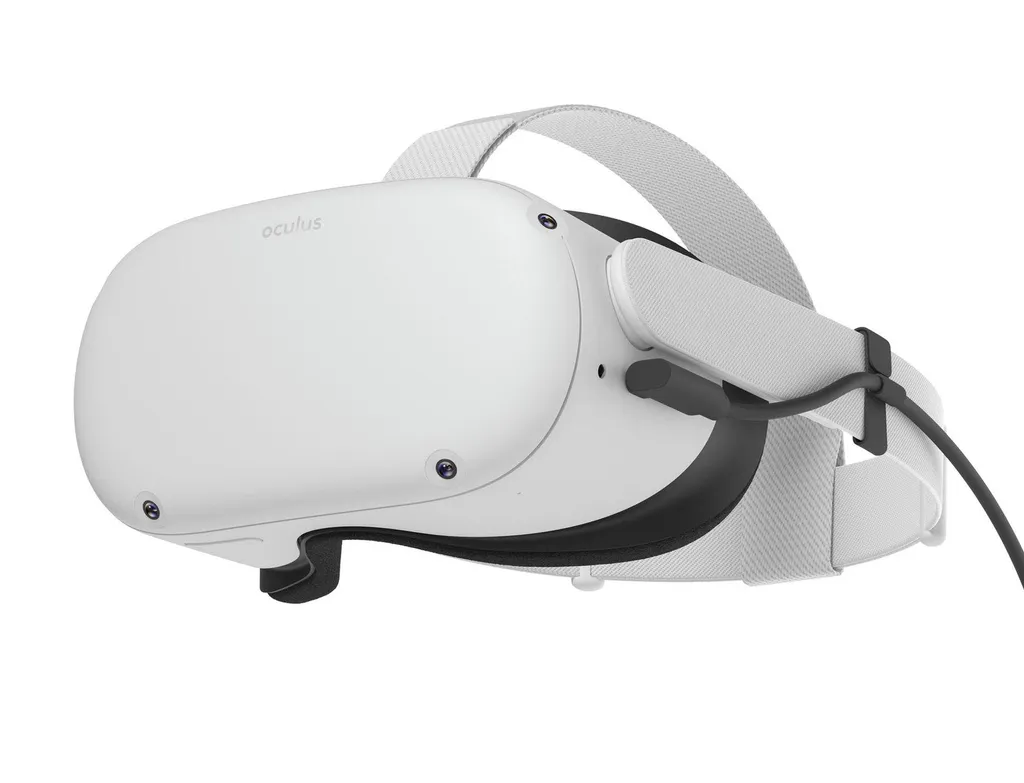Facebook today introduced new Accessibility VR Checks in a move to help bring content to a wider range of people.
The company already used what it calls VR Checks, or VRCs, as a means of enforcing certain technical requirements on apps across a range of Oculus headsets. Unlike those original checks, Accessibility VRCs aren’t mandatory but come with strong recommendation so that developers make games and experiences with as many people as possible in mind.
According to Favebook, these checks cover “audio, visuals, interactions, locomotion/movement, and other aspects of accessible design”. The idea being that you could, say, standardize making VR first-person shooters (FPS) by sharing learnings that every developer can benefit from.
Alongside new developer documentation outlining the guidelines, Facebook also published the above video offering an overview on designing VR to be as accessible as possible. The video covers a lot of ground like, for example, how combining VR locomotion methods could help users in a wheelchair set up for a play session, or how to create puzzles that are also considerate to those with color blindness.
There are also tips on how to implement subtitles into VR experiences and even looks at options included in Facebook’s own Dead and Buried 2.
Options such as these have always been important to VR, as everyone has different requirements. Even on a base level, providing different modes of locomotion helps users that struggle with simulation sickness navigate virtual worlds either through teleportation or smooth movement that glides the camera along the world with optional filters.
The Accessibility VRCs are available from today for both Rift and Quest titles.






























